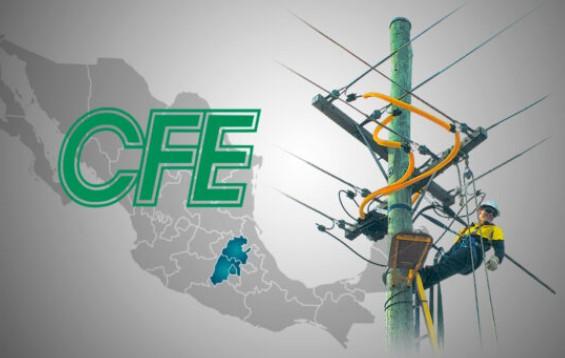
CFE’s Fibra E: Strengthening Mexico’s Electrical Grid Amid Nearshoring Surge

The late September blackout that affected over 2.3 million users in the Yucatán Peninsula served as a stark reminder: Mexico's energy challenge isn’t just about generating more electricity — it’s about delivering it effectively. As nearshoring accelerates demand in Mexico’s industrial corridors, transmission bottlenecks are emerging as a critical barrier to economic expansion.
Enter CFE Fibra E, a strategic investment vehicle designed to mobilize institutional capital toward improving Mexico’s power grid without compromising public sector control.
A Grid Under Pressure
Mexico's National Electric System (SEN) hit a record peak demand of 54.5 GW in 2023, and official projections expect annual growth of 2.4%–2.9%. However, existing infrastructure is already under stress, and without immediate upgrades, energy deficits could surpass 48,000 GWh by 2030.
Most of Mexico’s electricity still depends on natural gas, nearly 60% of it imported from Texas — a fragile dependency exposed during the 2021 Texas freeze.
Meanwhile, nearshoring is pushing demand heavily toward industrial hubs like the Bajío and Northeast. In contrast, regions like Yucatán suffer from high energy costs due to weak interconnection and limited local generation capacity.
What Is Fibra E — And Why It Matters
Fibra E is Mexico’s specialized infrastructure investment trust, designed to attract long-term capital by offering investors stable, regulated returns. In the case of CFE Fibra E, the government retains full ownership of the National Transmission Network (RNT), while institutional investors gain exposure to its cash flows via this publicly traded trust.
This structure aligns private investment with public-sector goals, particularly under the 2024 constitutional reform, which mandates that CFE must control at least 54% of electricity generation.
Crucially, the reform allows indirect financing schemes, such as Fibra E, to fill Mexico’s $10+ billion investment gap in grid modernization — all without privatizing core infrastructure.
Recent Milestone: $725 Million Bond Issuance
On September 11, 2025, CFE Fibra E raised $725 million through its first international bond issue, maturing in 2040 with a 5.875% coupon. The proceeds will expand its stake in the Fideicomiso Promovido F/80758, which holds ownership rights over parts of the transmission grid. Currently, CFE Fibra E owns 6.77% of this trust and aims to increase that exposure.
This move signals CFE’s intent to scale its grid investments, especially as the national plans aim to add 6,000+ km of transmission lines and 500+ substation projects by 2030.
Balancing Returns and Reliability
Although the new bond will increase interest obligations, it also boosts long-term revenue potential. Fibra E’s predictable, regulated income streams are designed to support quarterly distributions, which currently imply a 10.3% annualized dividend.
This model allows for near-term payouts while laying the groundwork for mid- to long-term capital gains, assuming that projects stay on schedule and the regulatory framework remains consistent.
Infrastructure as a Competitive Advantage
Mexico’s industrial nearshoring boom hinges on energy availability and reliability. When grid failures strike, as in Yucatán, the country must resort to costly backup sources like diesel and fuel oil — a burden either passed onto consumers or absorbed as public subsidies.
With growing demand, the “cost of inaction” is becoming unsustainable. Fibra E offers a realistic, market-aligned mechanism to fund essential infrastructure without undermining national sovereignty over energy assets.
Conclusion: Aligning Sovereignty with Market Efficiency
While Fibra E is no silver bullet, it presents a practical path forward: one that bridges state ownership and private capital, national strategy and global investor confidence. If its early success continues — both in terms of financial performance and grid reliability gains — it could prove that energy sovereignty and economic efficiency are not mutually exclusive.
In a nation where energy infrastructure now dictates the pace of industrial growth, CFE Fibra E’s expansion may well define whether Mexico can turn the nearshoring moment into long-term national development.



